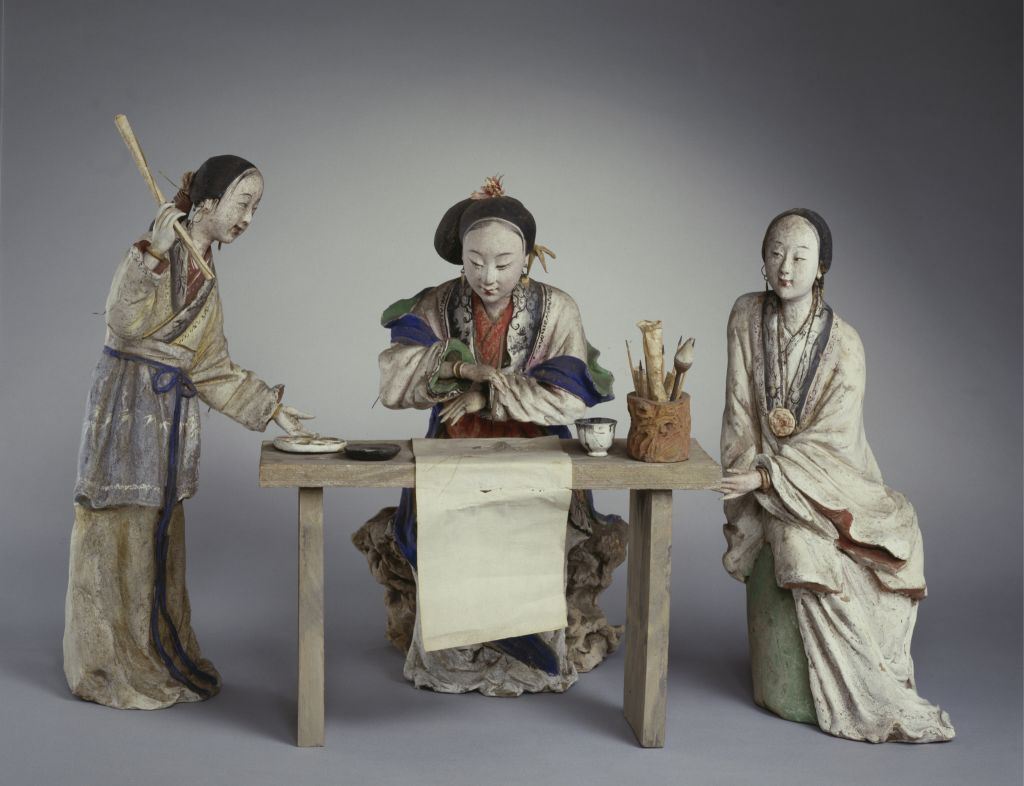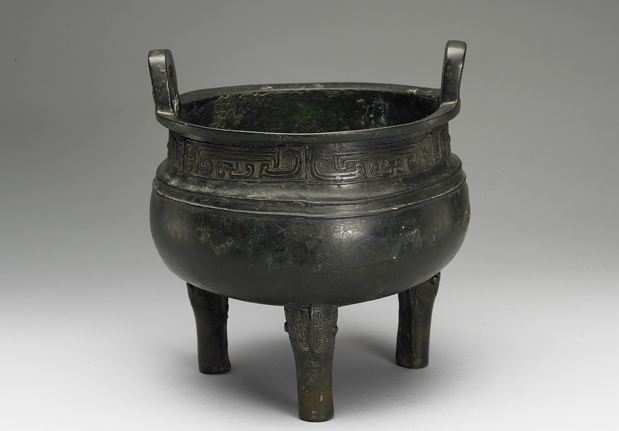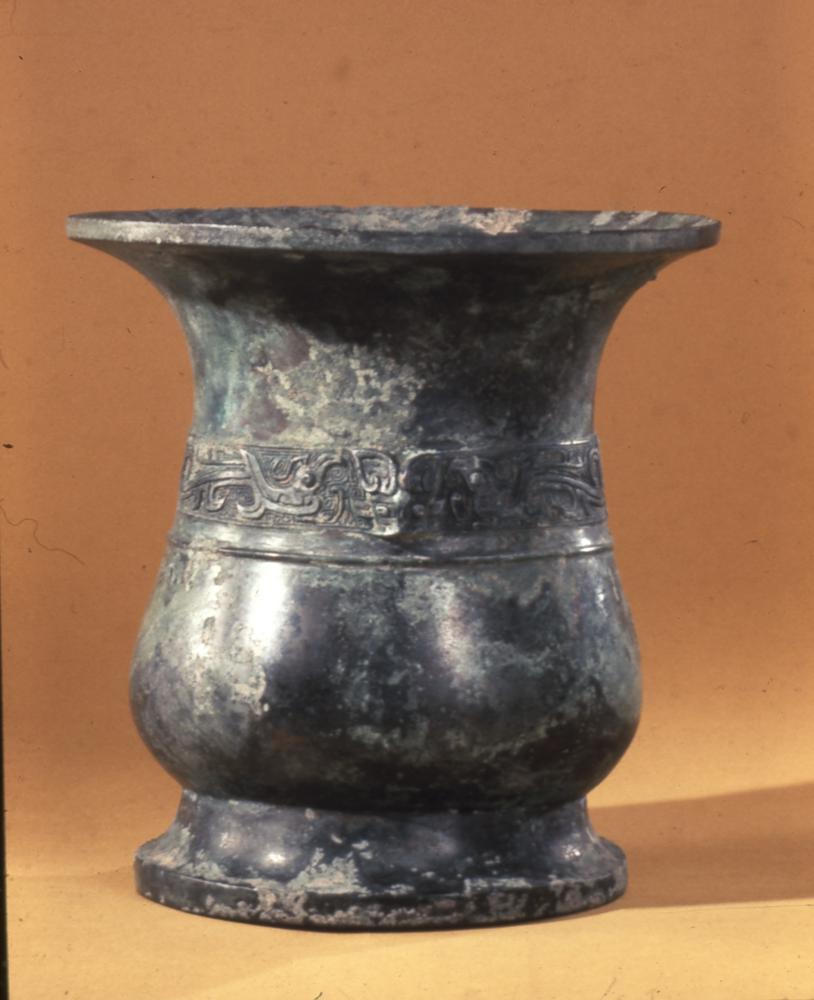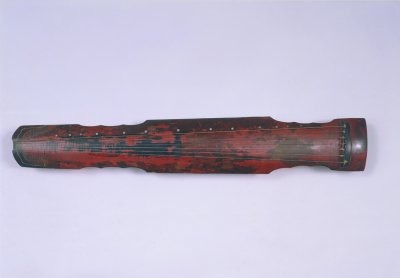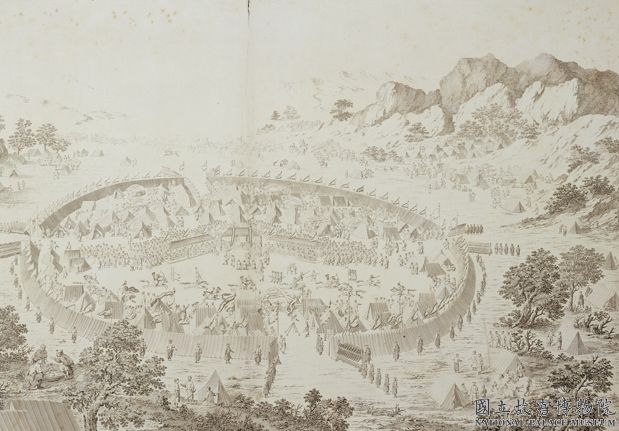[Ding Kiln White Glaze Carved Peony Pattern Plate]
Ding Kiln White Glaze Carved Peony Pattern Plate, Song Dynasty, height 3.1 cm, caliber 26.7 cm, foot diameter 18.1 cm
Folding edge, shallow belly, shallow circle foot. The whole body is painted with white glaze, the mouth of the vessel is unglazed, and the mouth is inlaid with copper. The edge of the mouth is carved with a curly grass pattern for one week, and the inner bottom is carved with a tangled peony pattern. There are two peonies on it, with the flower centers facing each other
The theme flower carved in this work has vigorous branches and plump flowers. It is elegant and beautiful on the warm and crystal white glaze. It is a representative work of white porcelain carved in Ding Kiln
The firing of white porcelain in Ding Kiln began in the Tang Dynasty. Although the Tang Dynasty was most famous for the white porcelain in Xing Kiln, the quality of white porcelain in Ding Kiln was comparable to that in Xing Kiln. By the time of the Song Dynasty, people knew only “Ding” but not “Xing”. The reason why Dingyao white porcelain can replace Xingyao white porcelain in the world is, on the one hand, because it is warm white in color, and its thin and smooth glaze is slightly yellow in white, giving people a warm and quiet aesthetic feeling; On the other hand, the decorative techniques such as printing, carving and scribing were used on the white porcelain of Ding Kiln, which pushed the white porcelain from plain white decoration to a new stage. Liu Qi of the Yuan Dynasty, in his book Gui Qian Zhi, once had the praise of “Ding Kiln Huaci Ou, the color of the world is white”
Ding Kiln porcelain is mainly fired by covering firing method, that is, the utensils are baked in reverse, so there is no glaze on the edge of the mouth, and the porcelain body is exposed. This phenomenon is called “awn mouth”. The use of covering burning method can increase production and reduce costs. After firing porcelain, in order to avoid this defect, sometimes gold, silver, copper and other inlaid openings are used.
![图片[1]-Dingyao white glaze carved peony plate-China Archive](https://chinaarchive.net/Song dynasty/ceramics/24648[1024].jpg)
![定窑白釉刻花牡丹纹盘底部 图片[2]-Dingyao white glaze carved peony plate-China Archive](https://chinaarchive.net/Song dynasty/ceramics/24649[1024].jpg) 定窑白釉刻花牡丹纹盘底部
定窑白釉刻花牡丹纹盘底部
![[Qing Dynasty] British female painter—Elizabeth Keith, using woodblock prints to record China from the late Qing Dynasty to the early Republic of China—1915-China Archive](https://chinaarchive.net/wp-content/uploads/2022/11/image-191x300.png)
